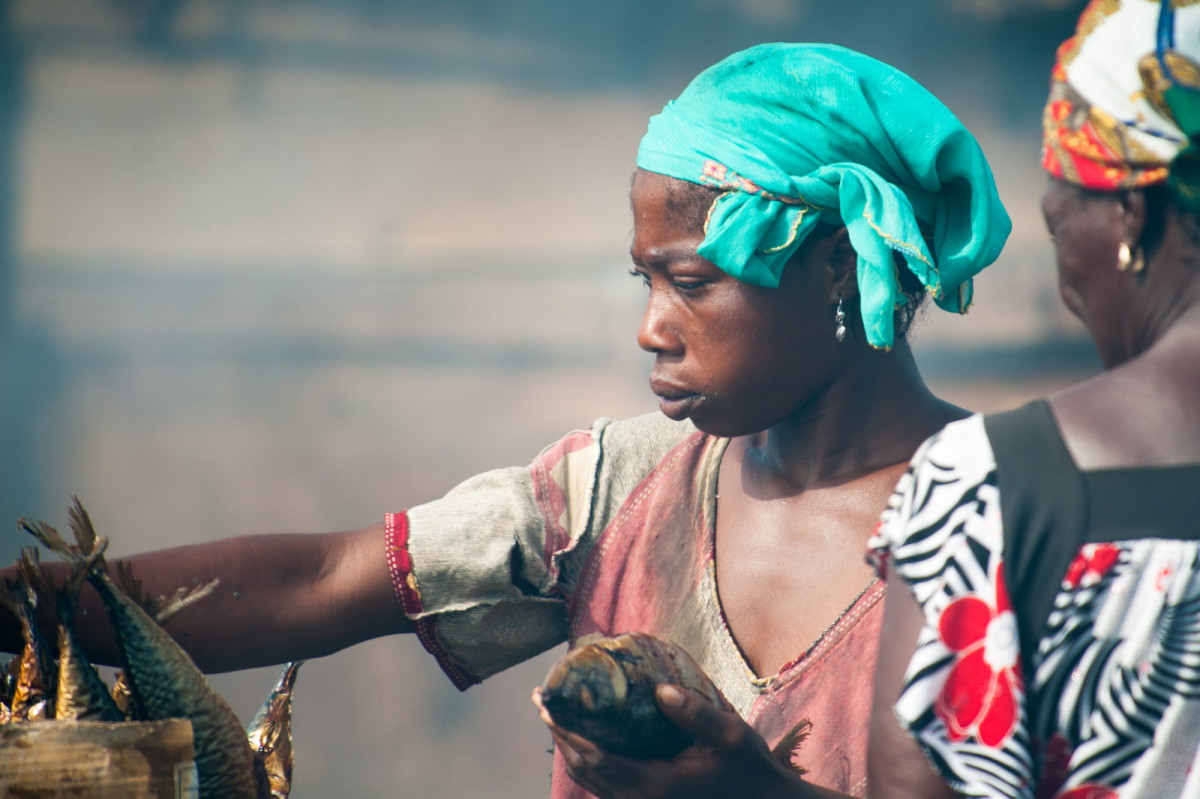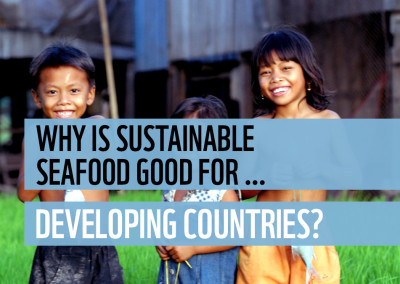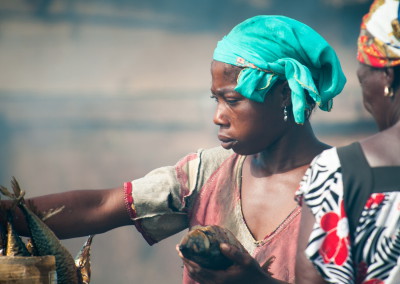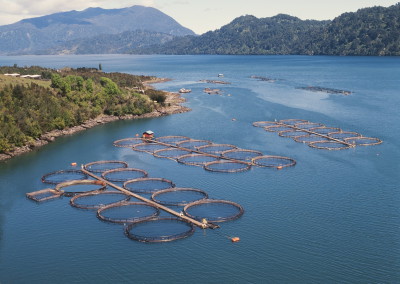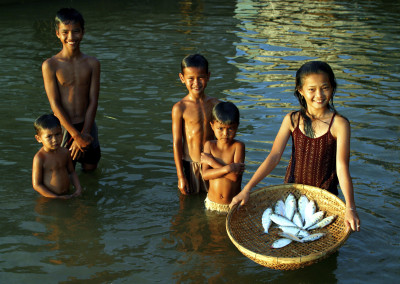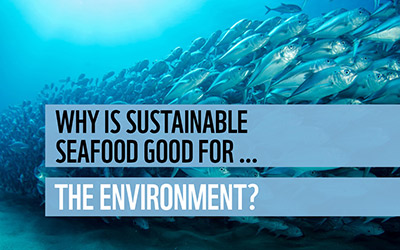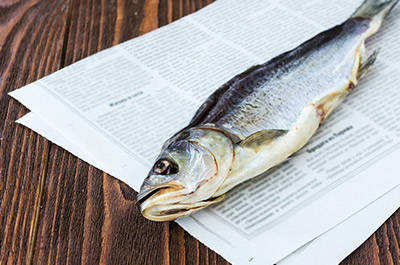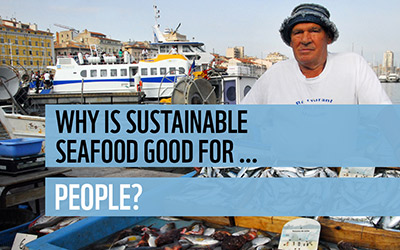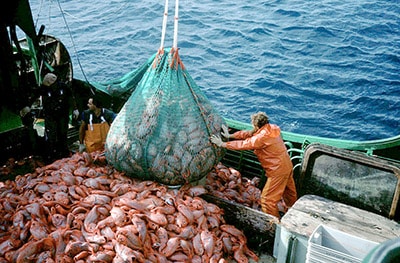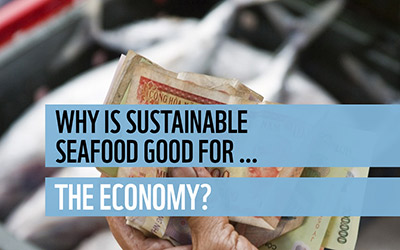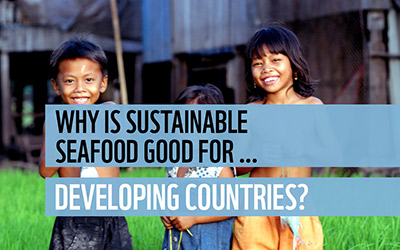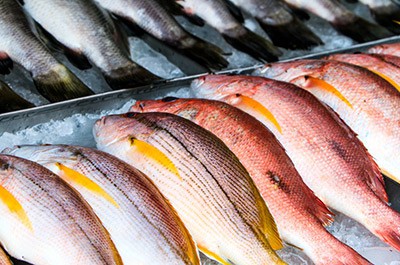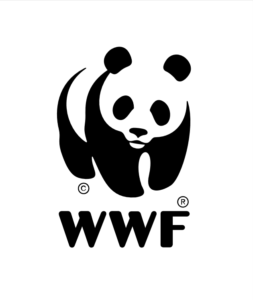The role of women in the fishing industry
Half of all people in the world involved in fishing and aquaculture in some respect are women.[1] The gender gap in leadership positions is still very prominent. Women suffer more than men from the effects of unsustainable fishing.
Women constitute a high proportion of workers in subsistence aquaculture, artisanal and industrial processing, equipment maintenance and trading and retail of fresh fish. 47% of the 120 million people who earn money directly from fishing and processing are women. In aquaculture, this figure is 70%.[2] On the other hand, there are very few women in leadership positions.[3]
While women make up 85% of the workforce in jobs such as gutting, filling cans or other processing, it is rare for women to be in top management positions. A fact that is not the result of a lack of qualifications but rather invisible barriers and discrimination.[4] Especially in developing countries, it is often cultural traditions, social conventions or even laws such as the right to property that are responsible for this.
Better conditions for women in sustainable seafood production
Dwindling fish stocks as a result of decades of overfishing often force independent fishing communities to invest in new fishing methods or to seek new fishing ground. Fishing ground that is usually further away from the coast. On the one hand, women often don’t have the money to invest in better boats and equipment, nor the time to reach fishing areas further afield as they must look after their family. On the other hand, they are often still not welcome aboard larger fishing boats that are better suited to the open sea. So women are doubly affected by unsustainable fishing and that is despite them often having to provide food for the whole family.
Responsible and sustainable fishing can lead to better conditions for women in supporting the stabilisation or even the growth of fish stocks near the coast, areas that are more easily accessed by women.
show references for this article
[1] Food and Agriculture Organization of the United Nations (FAO). Globefish Research Programme: The role of women in the seafood industry. Rome, 2015. Page 2; http://www.globefish.org/upl/Publications/Final%20EXECUTIVE_SUMMARY_GL.pdf
[2] Food and Agriculture Organization of the United Nations (FAO). Globefish Research Programme: The role of women in the seafood industry. Rome, 2015. Page 3; http://www.globefish.org/upl/Publications/Final%20EXECUTIVE_SUMMARY_GL.pdf
[3] WWF UK Briefings. Social Development. Fisheries Management & Gender. http://d2ouvy59p0dg6k.cloudfront.net/downloads/women_conservation_fisheries_2012.pdf
[4] Food and Agriculture Organization of the United Nations (FAO). Globefish Research Programme: The role of women in the seafood industry. Rome, 2015. Page 3; http://www.globefish.org/upl/Publications/Final%20EXECUTIVE_SUMMARY_GL.pdf
- 40% of people who earn money directly from fishing and processing are women
- 70% of people who earn money directly from aquaculture are women















